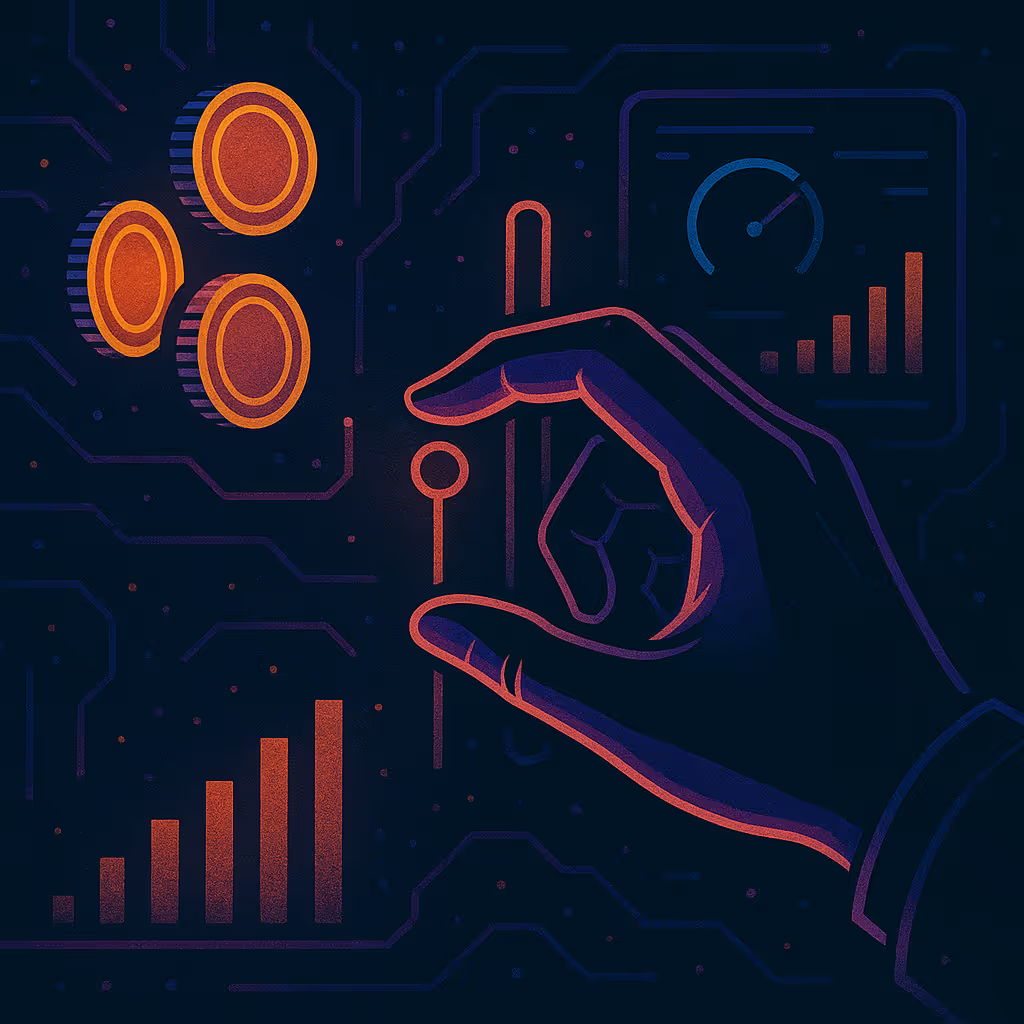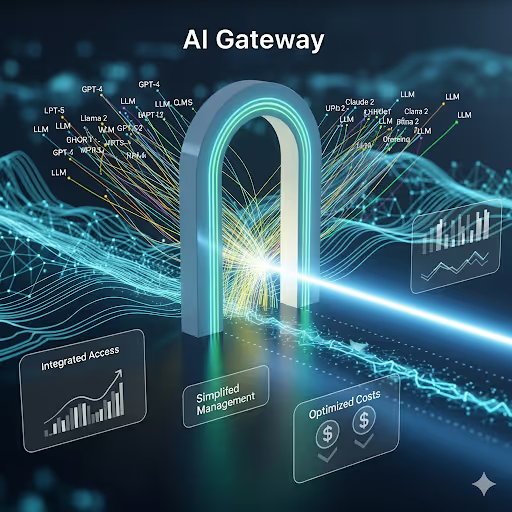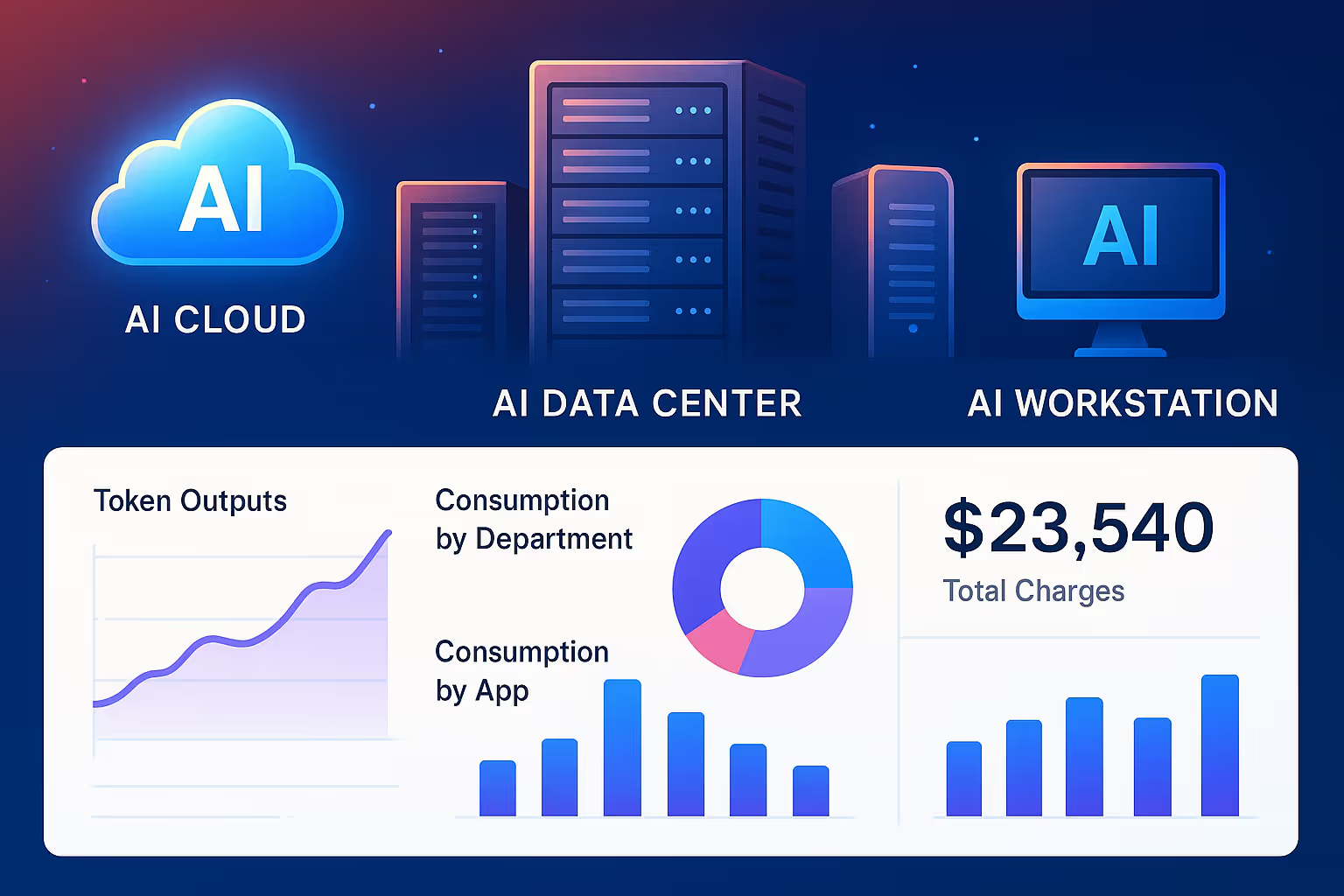Amberflo co-founders Puneet Gupta and Lior Mechlovich connected with Gwen Shapira from the SaaS Slack Community to discuss all things metering and usage-based pricing.
Some highlights and key points from the discussion include:
- With the advent of cloud technology, pricing can always be broken down to “costs plus some markup.” Elastic back-end resources (via the cloud) allows you to always align front-end usage with back-end consumption.
- Usage-based pricing drives operational efficiency and is more fair to end-users.
- Metering system must be accurate. This means records must be guaranteed to be deduplicated and idempotent. The system must be durable and available according to enterprise cloud platform standards.
- You can afford to miss monitoring or logging data but not metering data as metering data is used for billing.
- Usage data is the lifeblood of a company - not just for pricing and billing, but to drive all areas of the business to drive operational efficiencies, such as product development, customer-facing functions, finance, and accounting.
- The metering service must handle ingestion, aggregation, persistence, and visualization - ideally in real time.
- Metering service must be decoupled (yet integrated) from Pricing and Billing. Metering is the platform that pricing and billing applications leverage.
- You cannot back into Metering from Pricing and Billing. You should implement metering first and leverage that usage data to inform pricing plan creation and iteration.
- Meter everything - your pricing meters should be a subset of the customer-facing meters that track usage and action within your application or service. Likewise, you should meter the back-end as well to track the costs and resource consumption associated with customers’ usage. These cost meters should be a subset of your internal-facing meters.
Watch the full video:





.svg)

